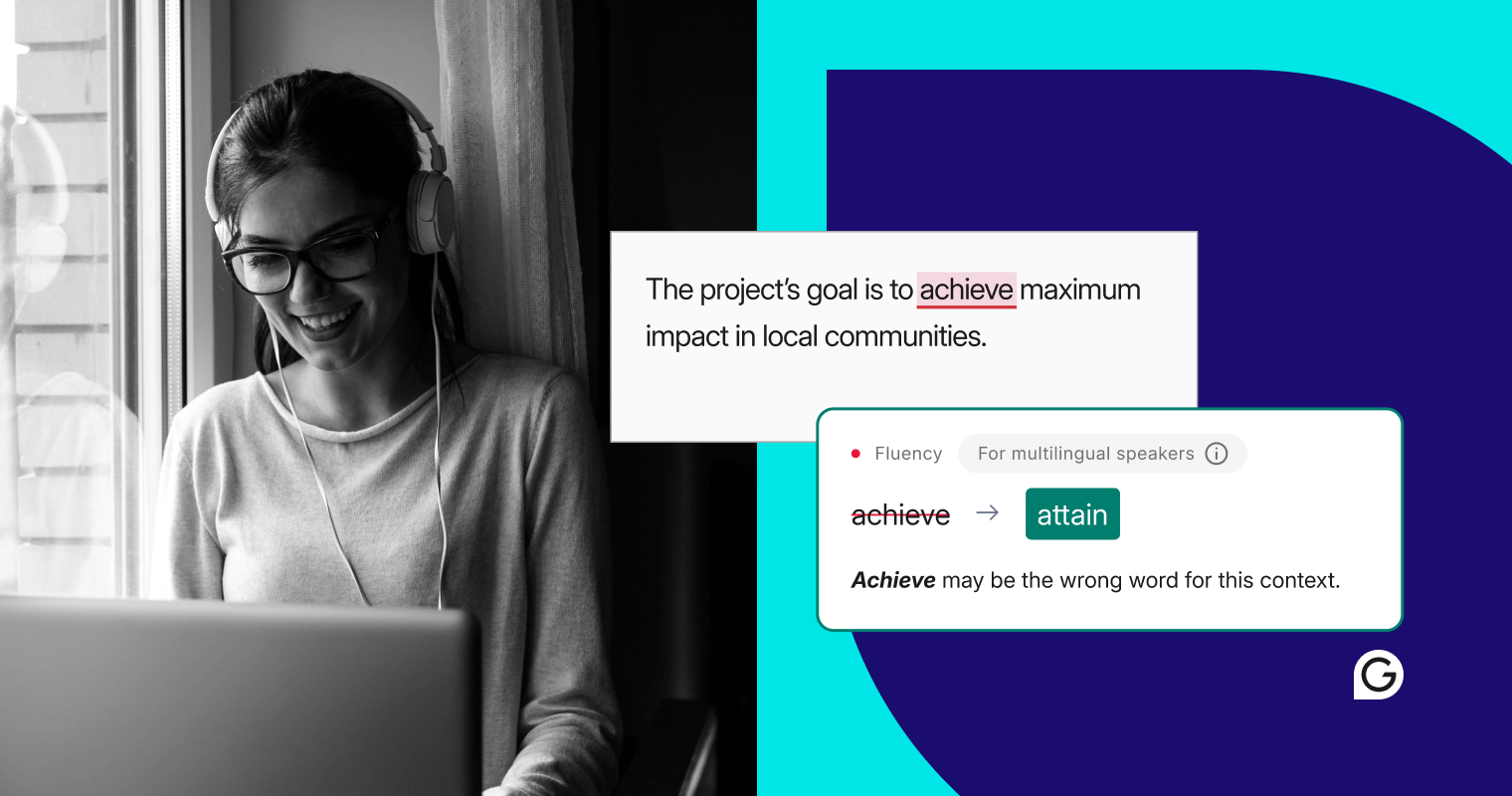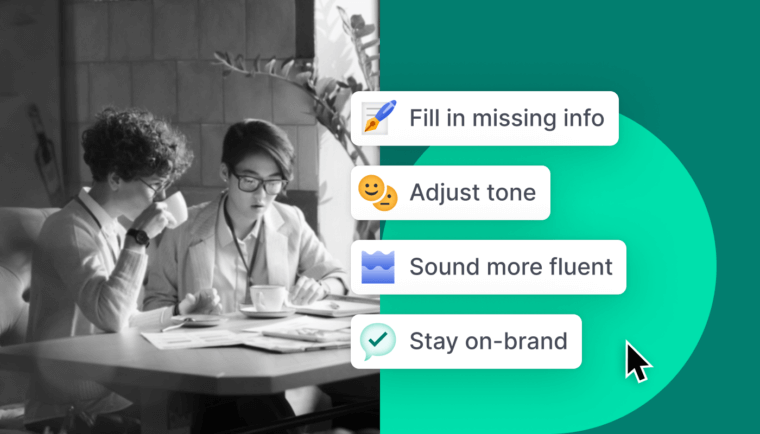
Working with organizations and individuals since 2000, Mair Alight has offered the practical, simple tools and paradigm-shifting perspectives of nonviolent communication, increasing harmony and understanding in the world. In addition to offering NVC training, Alight has created a children’s NVC coloring book, the “Living NVC” DVD, a YouTube channel, an e-book on Anger, and the online community platform “Active NVC.”
What is nonviolent communication?
Nonviolent communication (NVC) is a needs/values-based framework that can be used to constructively and peacefully resolve conflicts. NVC can be used face-to-face and in writing to help people navigate difficult situations in professional (or personal) settings.
According to nonviolent communication (NVC) specialist Mair Alight, everyone encounters difficult people and challenging situations in their lives, and learning NVC can help you learn how to navigate them. To Alight, NVC is “a perspective in which you can use language in. . .being clear with yourself and with other people — what you think, feel, and, believe, what needs you’re attending to at any moment.”
Alight’s mentor, psychologist Marshall Rosenberg, laid the foundation for NVC in the 1960s, inspired by work he did with civil rights activists and in schools that were racially integrating. Rosenberg sought a way to spread peacemaking skills and developed a language process utilizing observations, feelings, needs, and requests.
How do you practice NVC?
NVC endeavors to improve the connection and relationship between parties. The NVC framework entails empathetically listening and honestly expressing.
Building on those principles, NVC utilizes four language components:
- Observations: Without any judgment, observe what others are doing that you like or do not like.
- Feelings: Say how you feel when you observe this action.
- Needs: State the important needs that are connected to those feelings.
- Requests: Make a specific request that might help attend to those needs.
To illustrate, let’s look at an example from Rosenberg’s foundational book, Nonviolent Communication: A Language of Life. Rosenberg outlines a scenario of a mother who was frustrated with her son for leaving socks lying around. Rather than scold her son judgmentally, in two short sentences, she was able to use all four basic NVC components of observation, feelings, needs, and requests: “[Observations] Felix, when I see two balls of soiled socks under the coffee table and another three next to the TV, [Feelings] I feel irritated because [Needs] I am needing more order in the rooms that we share in common. [Request] Would you be willing to put your socks in your room or in the washing machine?”
The request should make it clear exactly what the requestor is asking for from the other person, in order to enrich the lives of both parties. To validate that the speaker has been heard, Alight advises that before making an action request such as putting away the socks, the speaker might also make a connection request, such as, “Would you tell me what you’re hearing is important to me here? I just want to know if I got that across.” Based on the other person’s response, the speaker can learn whether their needs and requests were indeed heard.
How does NVC play out at work?
In a professional context, misunderstanding and miscommunication can lead to conflict. Often, the conflict gets expressed as a difference of opinion. NVC can be a helpful, peacemaking way to work through that difference and get aligned.
For example, Alight outlines a situation in which two team members have different strategies for presenting a campaign to the rest of the company. One person proposes a PowerPoint, while the other prefers to give a speech or have a verbal discussion with the other co-workers. “On the level of contribution to the team, you’re coming from the same place, but your strategies are different,” Alight says. “Once you get on the same page to clarify what your basic need is, the contributions and the meaning you want to convey, then you figure out a strategy that’ll work for both of you.”
NVC encourages taking responsibility for feelings rather than placing blame. Alight suggests using what are called “I-I” statements in the workplace. For instance, the worker in favor of a discussion might say, “I need clarity because I don’t understand the necessity of a PowerPoint to get our meaning across. I want our company to be able to participate in the discussion and I want more information about whether the PowerPoint will allow them to do that. I also don’t want to spend the valuable time we could be spending elsewhere on making a time-consuming PowerPoint. Can you please explain to me your thoughts on why a PowerPoint is necessary?” Making one’s internal thoughts, needs, or boundaries external in this way helps clear a path to stronger communication and understanding.
Not every NVC statement has to start with “I’m feeling.” If you’re struggling with using what Alight calls “natural language,” you can try substituting sentence starters such as “I’m attending to,” “I’m prioritizing,” “I’m focusing on,” “I prefer,” “I thrive on,” “I really like,” “It’s important for me,” “I get excited,” “I value,” or “I want to live in a world where.”
Understanding the meaning behind “no”
According to Alight, there is always a “yes” behind a “no”—but it might not be what you think. “When someone says no to you in the workplace, they are not actually saying no to you—they’re saying yes to something else.” If a coworker says no to going over a project plan, it might be because they’re saying yes to a phone call they want to make. Alight encourages “checking,” in which you would ask, “When you say no, I’m wondering what’s happening and what is going on with you otherwise.” Checking therefore continues a conversation as a way to discover what the “no” can be indicating and can build connection and mutual understanding.
Alight asks us to remember the needs inside each person. “All anyone is ever saying is please or thank you,” she says. In anger or frustration, someone is often expressing, “Please hear me, see me, thank me, tell me I matter.” In joy or camaraderie, someone is expressing, “Thank you for letting me be seen; thank you for letting me know I matter.”
While NVC may seem, on its surface, to merely be about resolving conflicts peacefully and improving relationships, Alight says the process is also about self-empathy at its heart. “NVC is about what I call POMSA: peace of mind and self-acceptance,” Alight said. “It’s about understanding and accepting ourselves.” Making the effort to understand other’s needs can also lead to better understanding and vocalizing of one’s own.
Building empathy into emails
Work emails can often be a source of miscommunication and therefore frustration. Alight recommends various strategies for email empathy, including delaying your reply in order to empathically reflect, composing a response in a non-email format (whether it be a Google Doc or a handwritten journal), and reflecting on the physical and mental triggers you feel that are related to your feelings and needs. Once you have fully expressed your feelings, you can examine what needs and values have been activated. If you’re not feeling ready to reply, you may want to ask someone for support and help you work toward greater self-empathy.
She suggests that your response could begin with an empathetic guess at what the writer of the email is feeling, needing, and valuing before expressing yourself and making any requests. She also suggests you examine your own feelings of being triggered by having self-empathy and assessing how your needs are not being attended to. “Beginning with self-empathy offers you support in not taking things personally and in increasing your willingness to guess about what might be impelling the other person,” Alight said. Then you can work to examine the situation from another perspective and improve communication—and therefore the relationship.
Using the language of NVC at work
To help you employ some NVC language, here are some open-ended sentence starters that can lead to productive, nonviolent conversations.
1 Ask for more information, creating an opportunity to listen and have an open discussion
“I’m curious and I want some clarity on X.”
“Could you share what led to this conclusion to help me understand your perspective?”
2 Focus on concrete data and facts, while open to listening and understanding
“I’d like to see the data to understand . . .”
“Could you point to a specific example or occasion?
3 Allow for different perspectives and work toward mutual understanding
“Let’s clarify expectations so we can get on the same page.”
“I hear your concerns on X. Perhaps we could find a compromise with Y?”
Further learning
Nonviolent communication practices can take time to learn. To immerse yourself in the world of NVC, sign up for a class with Mair Alight or at The Center for Nonviolent Communication.






